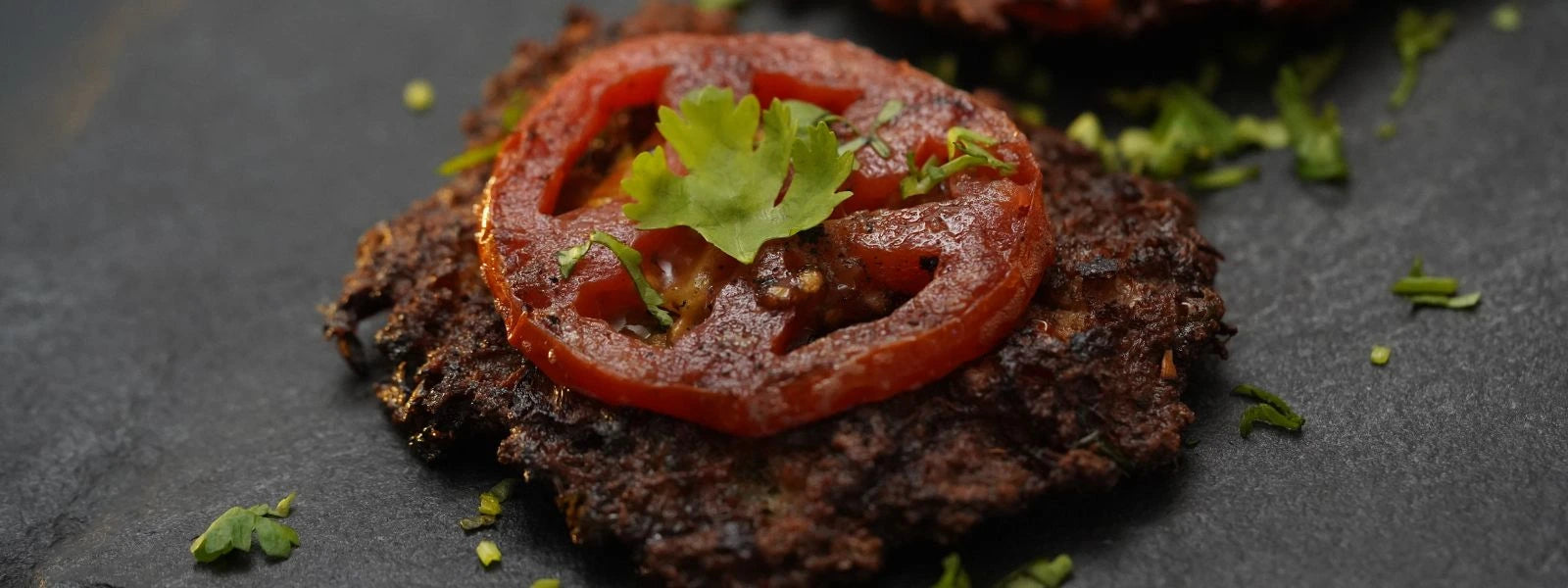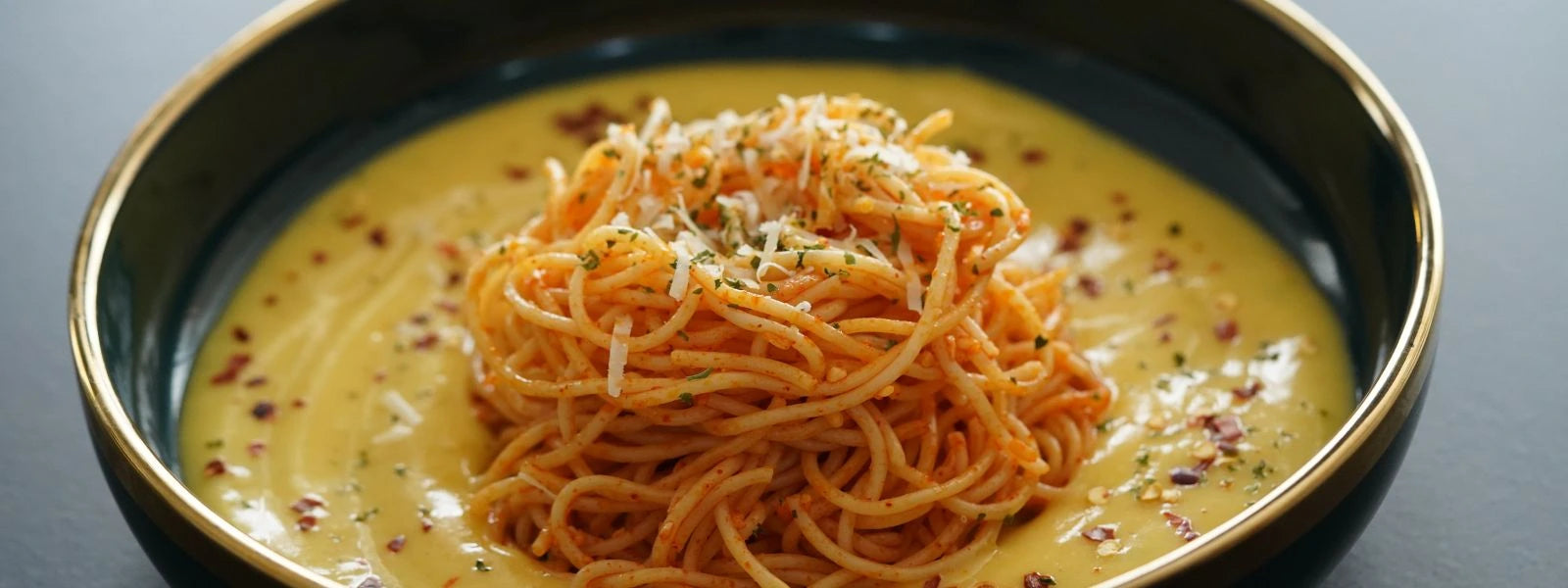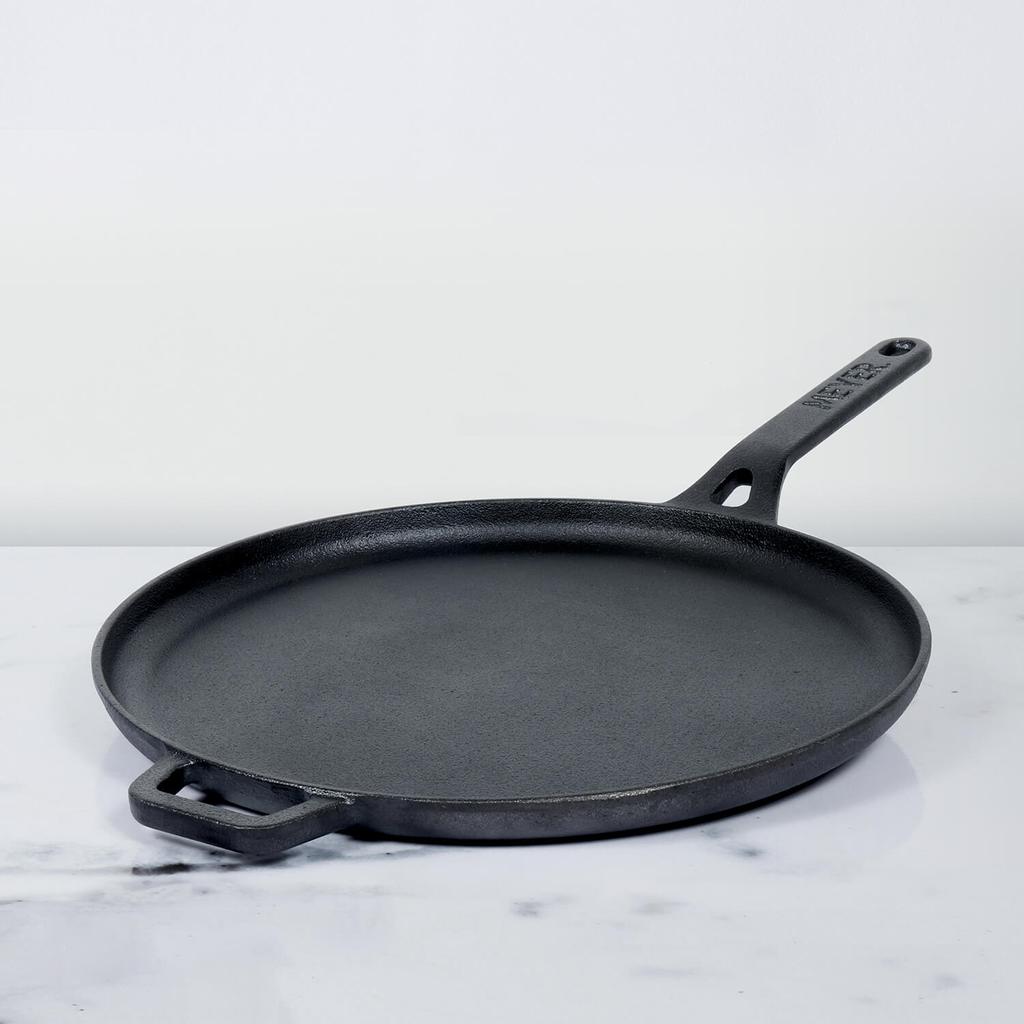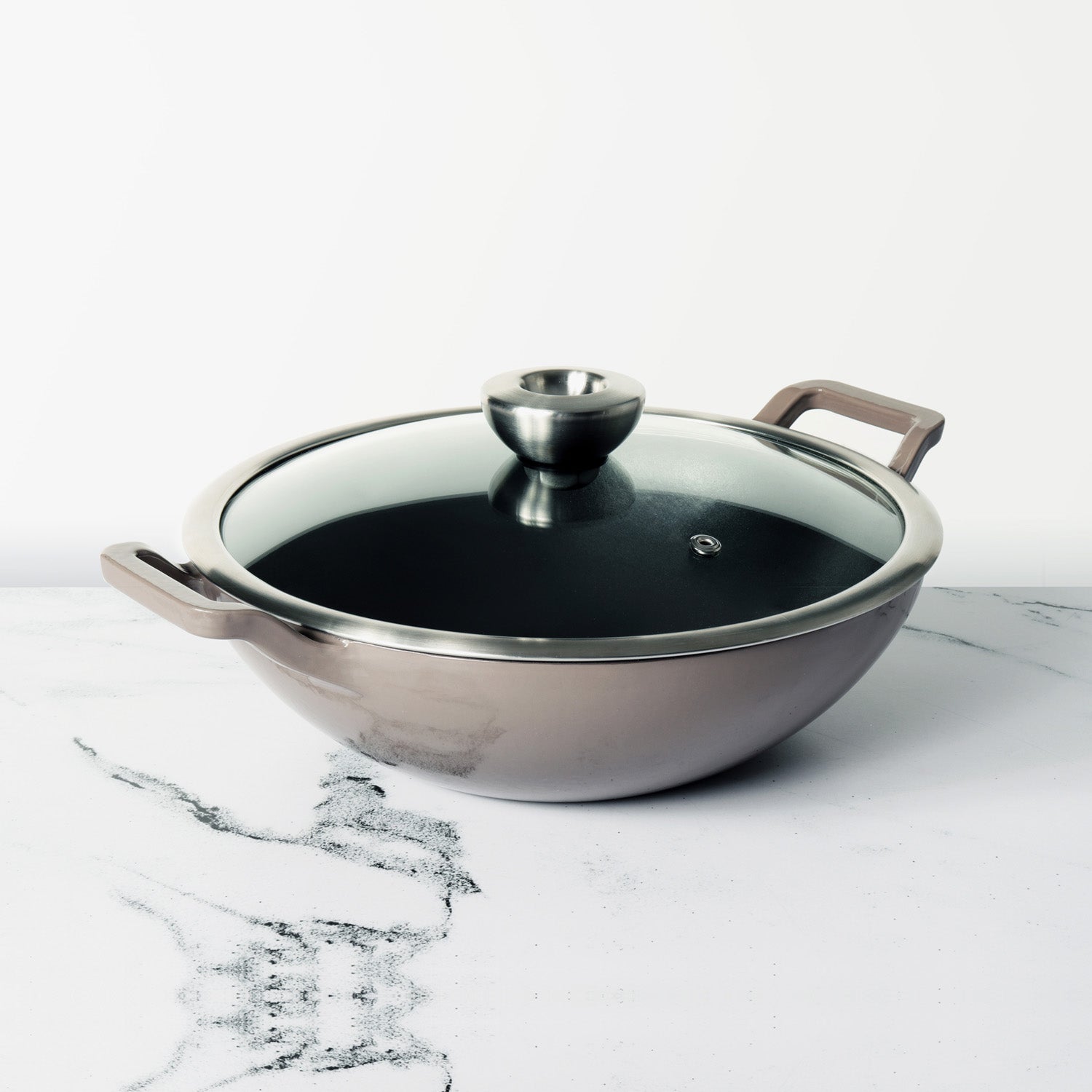Carrot Laddu : Wholesome, Delicious, and Naturally Sweet Festive Delight
There’s something truly comforting about Indian sweets — they carry stories, memories, and celebrations in every bite. Carrot Laddu, or Gajar ke Ladoo, is one such treat that blends the natural sweetness of carrots with the richness of ghee and the aroma of cardamom. Whether made for festivals, family gatherings, or simply to satisfy a sweet craving, these soft, melt-in-the-mouth laddus bring warmth and joy to every occasion.
Table of Contents
What is Carrot Laddu?
Carrot Laddu (also known as Gajar ke Ladoo) is a traditional Indian sweet made primarily from grated carrots, ghee (clarified butter), milk, and sugar or jaggery. It’s a variation of the popular Gajar ka Halwa, shaped into small, round laddus (balls) for easy serving and gifting.
Key Features of Carrot Laddu:
-
Main ingredient: Freshly grated carrots — they give the laddus their natural sweetness, color, and soft texture.
-
Flavor base: Slow-cooked in ghee and milk until rich and aromatic, then flavored with cardamom.
-
Texture & look: Soft, moist, and slightly chewy, often garnished with chopped nuts or desiccated coconut.
- Occasions: Commonly made during festivals like Diwali, Holi, or winter months when carrots are in season.
Main Ingredient of Carrot Laddu:
2 cups grated carrots (preferably red carrots for best flavor and color)
2 tbsp ghee (clarified butter)
½ cup milk
¼ cup sugar (adjust to taste or substitute with jaggery)
¼ tsp cardamom powder
2 tbsp grated coconut (optional, for texture)
2 tbsp chopped nuts (cashews, almonds, or pistachios)
What Is So Special About Carrot Laddu?
Carrot Laddu isn’t just another Indian sweet — it’s a beautiful blend of simplicity, tradition, and wholesome flavor. What makes it truly special is how it transforms an everyday vegetable into a festive delight.
-
Naturally Sweet & Nutritious: The laddus get their sweetness and color from fresh carrots, making them a healthier alternative to heavy, sugar-loaded desserts.
-
Rich, Aromatic Flavor: Slow-cooking carrots in ghee and milk brings out a deep, caramel-like aroma that feels both homely and indulgent.
-
Perfect for Every Occasion: Whether it’s Diwali, Holi, or a cozy winter evening, these laddus fit beautifully into every celebration.
-
Versatile & Customizable: You can make them with sugar, jaggery, or even condensed milk; add coconut or nuts for extra texture — they’re easily adaptable to your taste.
-
Easy to Make: No complex steps or special equipment — just a few ingredients, a pan, and a bit of love!
Carrot Laddus bring together taste, health, and tradition in one delightful bite — that’s what makes them so special.
Meyer Select Stainless Steel Kadai 26cm
Quick and Easy Carrot Laddu:
Carrot Laddu may look festive and fancy, but it’s one of those sweets that come together effortlessly — even for beginner cooks!
-
Few Basic Ingredients: You only need a handful of everyday items — carrots, ghee, milk, and sugar — all commonly found in most kitchens.
-
One-Pan Recipe: Everything cooks in a single pan, saving time on cleanup and making the process smooth and simple.
-
No Complicated Steps: There’s no deep frying, syrup making, or special techniques — just sauté, cook, mix, and roll!
-
Quick Cooking Time: The whole recipe takes about 30–40 minutes from start to finish.
-
Easy to Shape & Store: Once the mixture cools, you can quickly roll the laddus, and they stay fresh for days — making them great for prepping ahead of festivals.
In short, Carrot Laddus are the perfect “made-in-minutes” dessert that look festive, taste rich, and require minimal effort!
How to make
Grate the Carrots:
Wash, peel, and finely grate the carrots.
Sauté the Carrots:
Heat 2 tbsp ghee in a heavy-bottomed pan or kadhai over medium heat. Add the grated carrots and sauté for 5-6 minutes until they soften and become aromatic.
Add Milk:
Pour in the milk and cook the mixture, stirring occasionally, until the milk is fully absorbed and the carrots are tender (about 10-12 minutes).
Add Coconut and Sugar:
Stir in the grated coconut and sugar. Continue cooking, stirring frequently, until the mixture thickens again and starts leaving the sides of the pan.
Flavor and Nuts:
Add cardamom powder and chopped nuts (if using). Mix well and cook for another 2-3 minutes. Remove from heat and let the mixture cool slightly.
Prepare Khoya Filling:
Crumble the khoya into small balls, about half a teaspoon each. You can lightly roast the khoya on low heat for 2-3 minutes if you want a richer flavor. Let it cool.
Shape the Laddus:
Grease your palms with a little ghee. Take a small portion of the carrot-coconut mixture and flatten it in your palm. Place a khoya ball in the center, then carefully bring the edges together to seal the filling inside. Roll gently to form a smooth round laddu.
Expert Tips
Use Fresh, Juicy Carrots:
Fresh carrots with a natural sweetness give the best flavor and vibrant color. Red carrots work great if you can find them!
Grate Finely for Soft Texture:
Finely grated carrots cook faster and result in soft, melt-in-the-mouth laddus.
Low and Slow Cooking:
Cook the carrot mixture on medium-low heat to avoid burning and to let the natural sugars caramelize, enhancing the flavor.
Don’t Skip the Ghee:
Ghee adds richness and a lovely aroma — it’s essential for authentic taste and smooth texture.
Add Coconut at the Right Time:
Stir in grated coconut once the carrots are cooked and milk absorbed. This preserves the coconut’s subtle texture and flavor.
Khoya Should Be Crumbled Well:
For the filling, crumble khoya finely or lightly roast it for a nuttier flavor and better texture.
Adjust Sweetness Carefully:
Since khoya adds sweetness, start with less sugar and adjust as needed.
Rolling Laddus When Warm:
Shape laddus when the mixture is warm but not hot to avoid cracking and to make rolling easier.
Recipe Card














Leave a comment